# History
Text










A selection of strange and cryptic personal ads from The New York Herald, 1860s to 1890s. 14/?
#in the 8 years since I first posted these they have updated from photocopy quality microfilm to scans#the blue veil one sent me down one of the most interesting research rabbit holes I've been down in a long time#which i will definitely be writing about once I have written the 47 other things on my list#writing prompt#victorian#history#personal ads#ny herald personals#1860s#1870s#mysteries#gossip#journalism#writing prompts#writing inspiration#writing
1K notes
·
View notes
Text

Leicester Chronicle, England, July 11, 1931
1K notes
·
View notes
Text
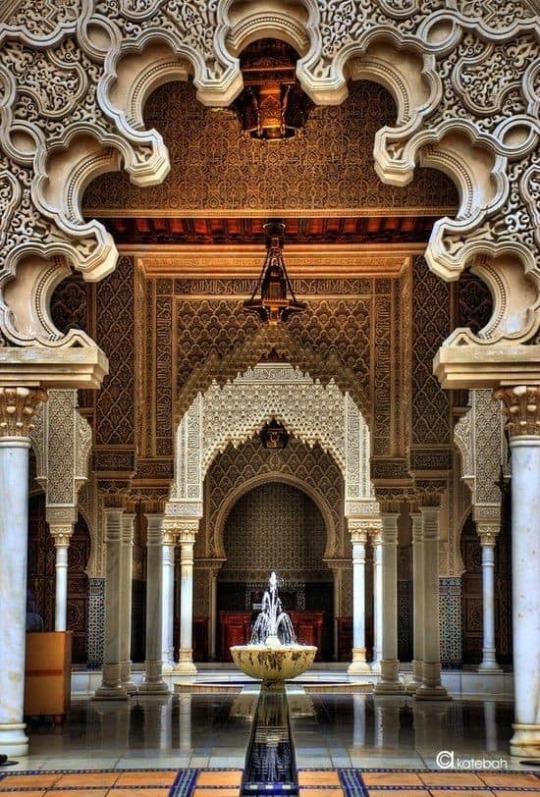
The Alhambra, Granada, Andalusia, Spain,
Courtesy: Kate Bach
#art#design#architecture#history#luxury lifestyle#style#luxury house#luxury home#interior design#patio#alhambra#palace#fortress#granada#andalusia#spain#renaissance#islamic architecture
653 notes
·
View notes
Text
There'll come a time when it'll all be clear, Sweeper had said. A perfect moment.
The occupants of these graves had died for something. In the sunset glow, in the rising of the moon, in the taste of the cigar, in the warmth that comes from sheer exhaustion, Vimes saw it.
History finds a way. The nature of events changed, but the nature of the dead had not. It had been a mean, shameful little fight that ended them, a flyspecked footnote of history, but they hadn't been mean or shameful men. They hadn't run, and they could have run with honor. They'd stayed, and he wondered if the path had seemed as clear to them as it did to him now. They'd stayed not because they wanted to be heroes, but because they chose to think of it as their job, and it was in front of them--
"I'll be off then, sir," said Reg, shouldering his shovel. He seemed a long way away. "Sir?"
"Yeah, right. Right, Reg. Thank you," mumbled Vimes, and in the pink glow of the moment watched the corporal march down the darkening path and out into the city.
John Keel, Billy Wright, Horace Nancyball, Dai Dickins, Cecil "Snouty" Clapman, Ned Coates, and, technically, Reg Shoe. Probably there were no more than twenty people in the city now who knew all the names, because there were no statues, no monuments, nothing written down anywhere. You had to have been there.
He felt privileged to have been there twice.
Terry Pratchett, Night Watch
#sam vimes#samuel vimes#reg shoe#john keel#night watch#discworld#terry pratchett#the glorious 25th of may#soldiers#veterans#memory#legacy#honor#shame#bravery#perspective#history#graveyards#monuments#privileged#a perfect moment#the nature of the dead#you had to be there#long quote
439 notes
·
View notes
Text

Hiking the Old Growth Forest trail in Mt Hood National Forest.
Oregon
1990
#vintage camping#campfire light#oregon#mt hood national forest#mt hood#history#hiking#camping#outdoors#1990s
220 notes
·
View notes
Text

Today in Hip Hop History:
Lauryn Hill was born May 26, 1975
#today in hip hop history#todayinhiphophistory#hiphop#hip-hop#hip hop#music#history#hip hop music#hip hop history#hip hop culture#music history#lauryn hill#bornday#birthday#emcee#mc#rap#rapper#the fugees#1975
272 notes
·
View notes
Text

#puffed sleeves#historical fashion#fashion#historical#history#historical clothing#historical dress#long dress#textiles#dress#1800s dress#1800s fashion#19th century fashion#19th century#dresses#high fashion
209 notes
·
View notes
Text
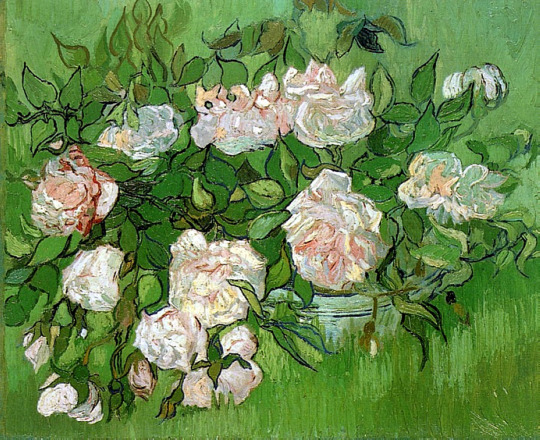
-Pink Roses-
#art#art history#culture#curators#history#museums#artwork#van gogh#vincent van gogh#vintage#painting
237 notes
·
View notes
Text

A pair of gold beakers depicting birds in a cornfield, Inca, circa 1100-1450
from The Art Institute of Chicago
197 notes
·
View notes
Text

Milan, Italy 🇮🇹
236 notes
·
View notes
Text





Yasammy: Reunited
#jurassic world: chaos theory#jurassic world#chaos theory#jwct#jw:ct#yasammy#sammy gutierrez#yasmina fadoula#i just...#can we appreciate this?#I was there for the Korrasami handhold#life-changing#breathtaking#history#this?#they not only put two women kissing into the Jurassic franchise#but they had them FAIL at kissing#they hug twice#they have a hesitant moment#they run the FREAKING GAUNTLET#on an animated children's cartoon#and a huge shout-out to Korra and She-Ra#for helping to pave this ground#and to steven universe#but this is JURASSIC PARK#this is the legacy#it's perfection
283 notes
·
View notes
Text
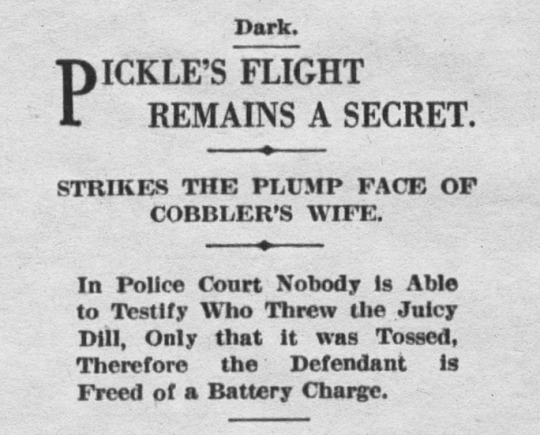
The Los Angeles Times, August 5, 1916
726 notes
·
View notes
Text



Kate Bush in the ‘Hounds of Love’ music video (1986)
#kate bush#music#1980s#history#vintage#retro#aesthetic#makeup#women in music#pop culture#photography#fashion#women#aes#music video
169 notes
·
View notes
Text








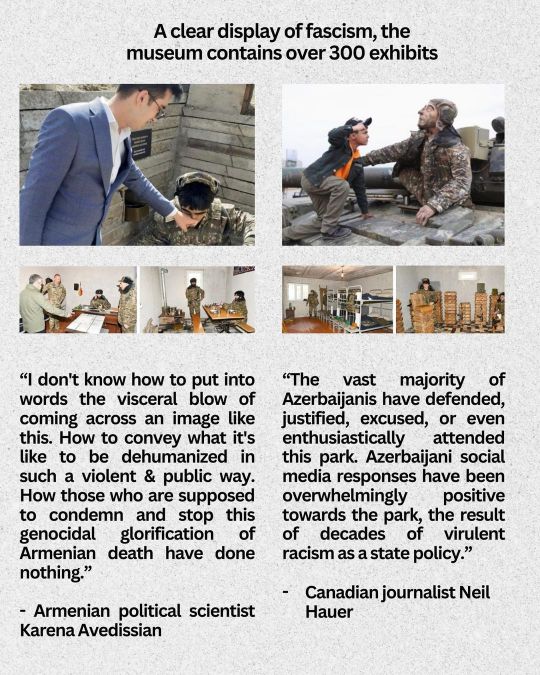
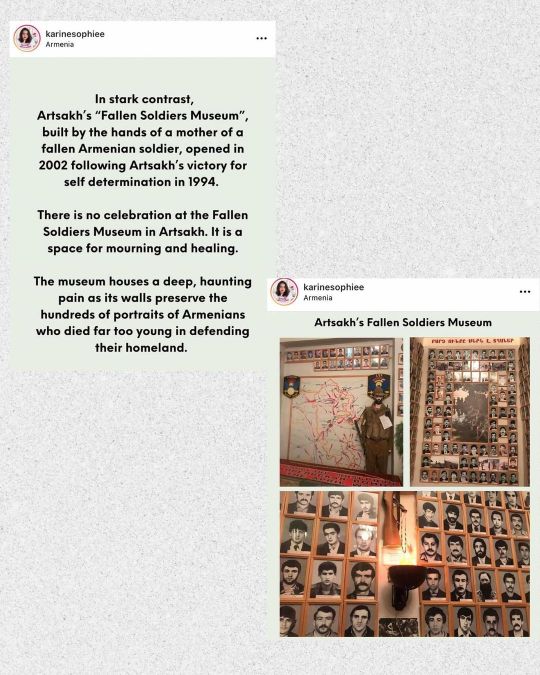
source: learn4artsakh
For all those who message me saying, ''The past has passed,'' and we must turn the page; it's not the case when you're dealing with a ravenous beast devoid of any humanity.
#break the chain of ignorance#artsakh is armenia#history#artsakh#armenia#armenian history#armenian genocide#world history
168 notes
·
View notes
Text


— Laura Makabresku, Consolation.
Kraków, Poland, 2018
#laura makabresku#poland#b&w#spilled art#krakow#photography#black and white#history#b&w photography#lamb#artful photography#softcore#goth#slavs#vintage photography#ruralcore#divine feminine#ultraviolence#catholic core#christian#female manipulator#gloomcore#girlblogging#lana del rey#gothgoth#religious imagery#virgin mary#religious art#eastern europe#ethel cain
161 notes
·
View notes
Photo
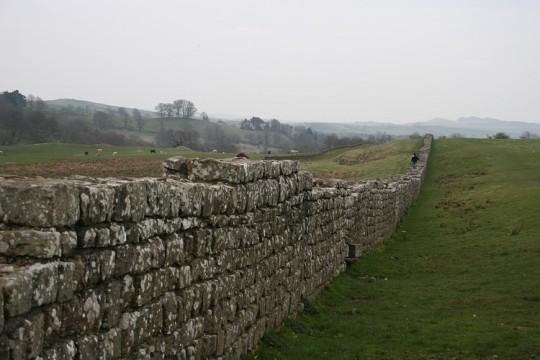
Hadrian's Wall
Hadrian's Wall (known in antiquity as the Vallum Hadriani or the Vallum Aelian) is a defensive frontier work in northern Britain which dates from 122 CE. The wall ran from coast to coast at a length of 73 statute miles (120 km). Though the wall is commonly thought to have been built to mark the boundary line between Britain and Scotland, this is not so; no one knows the actual motivation behind its construction but it does not delineate a boundary between two countries.
While the wall did simply mark the northern boundary of the Roman Empire in Britain at the time, theories regarding the purpose of such a massive building project range from limiting immigration, to controlling smuggling, to keeping the indigenous people at bay north of the wall. The wall continued in use until it was abandoned in the early 5th century CE.
Purpose
The military effectiveness of the wall has been questioned by many scholars over the years owing to its length and the positioning of the fortifications along the route. The argument goes that, had the wall actually been built as a defensive barrier, it would have been constructed differently and at another location. Regarding this, Professors Scarre and Fagan write,
Archaeologists and historians have long debated whether Hadrian's Wall was an effective military barrier…Whatever its military effectiveness, however, it was clearly a powerful symbol of Roman military might. The biographer of Hadrian remarks that the emperor built the wall to separate the Romans from the barbarians. In the same way, the Chinese emperors built the Great Wall to separate China from the barbarous steppe peoples to the north. In both cases, in addition to any military function, the physical barriers served in the eyes of their builders to reinforce the conceptual divide between civilized and noncivilized. They were part of the ideology of empire. (Ancient Civilizations, 313)
This seems to be the best explanation for the underlying motive behind the construction of Hadrian's Wall. The Romans had been dealing with uprisings in Britain since their conquest of the region. Although Rome's first contact with Britain was through Julius Caesar's expeditions there in 55/54 BCE, Rome did not begin any systematic conquest until the year 43 CE under the Emperor Claudius (r. 41-54 CE).
The revolt of Boudicca of the Iceni in 60/61 CE resulted in the massacre of many Roman citizens and the destruction of major cities (among them, Londinium, modern London) and, according to the historian Tacitus (56-117 CE), fully demonstrated the barbaric ways of the Britons to the Roman mind.
Boudicca's forces were defeated at The Battle of Watling Street by General Gaius Suetonius Paulinus in 61 CE. At the Battle of Mons Graupius, in the region which is now Scotland, the Roman General Gnaeus Julius Agricola won a decisive victory over the Caledonians under Calgacus in 83 CE. Both of these engagements, as well as the uprising in the north in 119 CE (suppressed by the Roman governor and general Quintus Pompeius Falco), substantiated that the Romans were up to the task of managing the indigenous people of Britain.
The suggestion that Hadrian's Wall, then, was built to hold back or somehow control the people of the north does not seem as likely as that it was constructed as a show of force. Hadrian's foreign policy was consistently “peace through strength” and the wall would have been an impressive illustration of that principle. In the same way that Julius Caesar built his famous bridge across the Rhine in 55 BCE simply to show that he, and therefore Rome, could go anywhere and do anything, Hadrian perhaps had his wall constructed for precisely the same purpose.
Continue reading...
157 notes
·
View notes